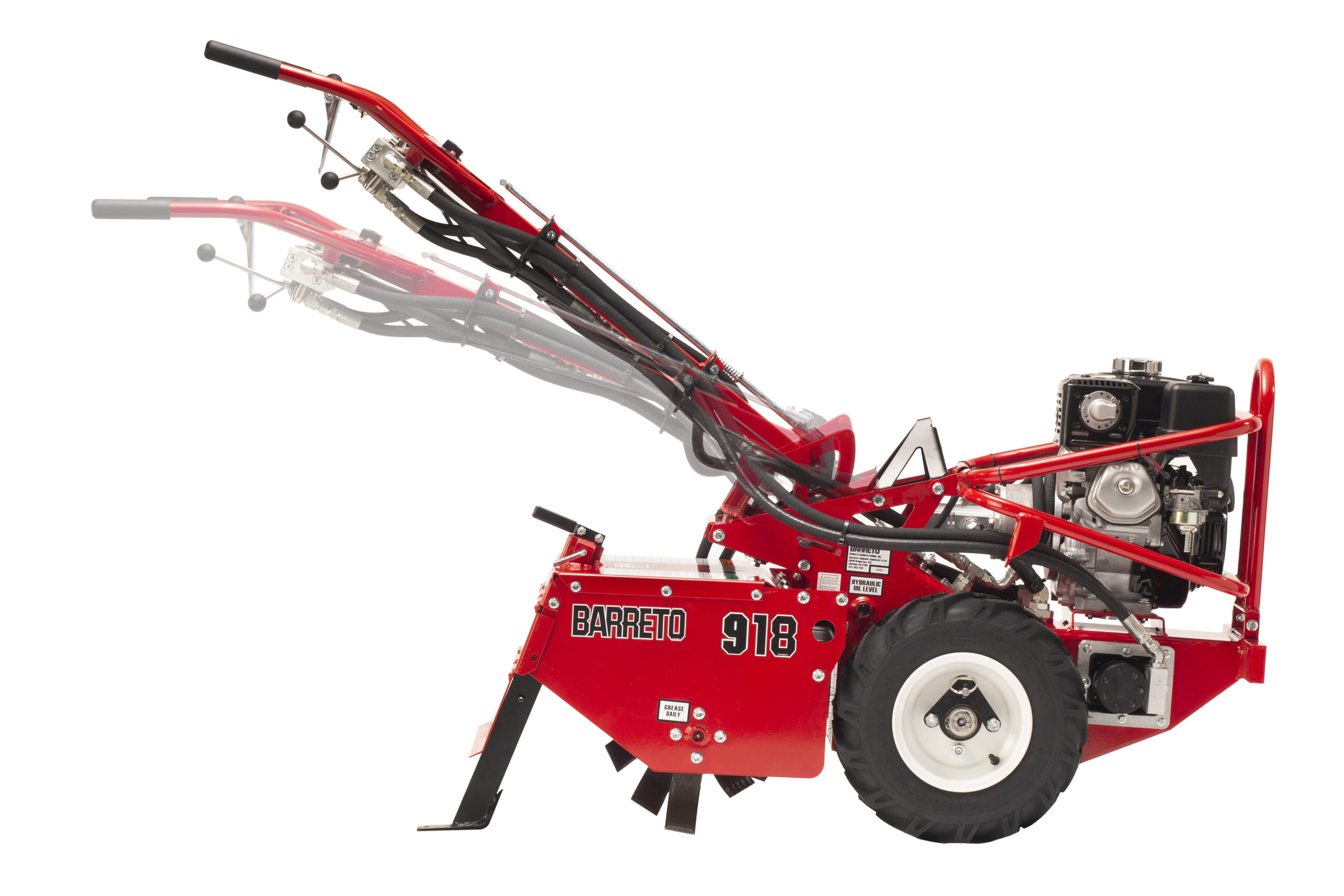
Are you tired of backbreaking work in your garden? Do you dream of perfectly tilled soil ready for planting? Look no further than the trusty tiller! In this article, we’ll dive into the world of tillers, exploring what they are, how to use them effectively, and how they can make your gardening life a whole lot easier.
What is a Tiller?
A tiller, also known as a cultivator or rototiller, is a gardening tool designed to loosen and aerate soil. It consists of a motor (either gas or electric) that powers rotating blades or tines, which dig into the ground and break up compacted soil. Tillers come in various sizes, from small handheld models perfect for raised beds to larger, more powerful machines suitable for extensive gardens or even small farms.
Benefits of Using a Tiller
Saves Time and Effort: Tilling by hand with a spade or hoe can be a time-consuming and physically demanding task. With a tiller, you can prepare your garden beds quickly and efficiently, saving hours of manual labor.
Improves Soil Structure: Tillers break up compacted soil, allowing air, water, and nutrients to penetrate deeper into the ground. This improved soil structure promotes better root growth and healthier plants.
Incorporates Organic Matter: If you want to enrich your soil with compost or other organic matter, a tiller can help mix these amendments evenly throughout the soil, ensuring your plants have access to essential nutrients.
Helps with Weed Control: Regularly tilling your garden can help prevent weed growth by disrupting their roots and burying weed seeds deep in the soil where they can’t germinate.
How to Use a Tiller
Prepare the Area: Before you start tilling, remove any large rocks, sticks, or debris from the garden bed. Mark out the area you want to till using string or stakes.
Choose the Right Time: Wait until the soil is dry enough to work with. If the soil is too wet, it can clump together and damage the tiller’s tines. If it’s too dry, the tiller may have difficulty breaking through the hard ground.
Adjust the Tiller Settings: Set the tiller’s depth according to your needs. For most gardens, a depth of 6 to 8 inches is sufficient. If you’re breaking new ground, start with a shallower depth and gradually increase it with each pass.
Start Tilling: Begin at one end of the garden bed and work your way across in straight, parallel lines. Overlap each pass slightly to ensure even tilling. If you’re using a larger tiller, let the machine do the work – don’t try to force it.
Incorporate Amendments: If you want to add compost, fertilizer, or other organic matter to your soil, spread it evenly over the tilled area and make a second pass with the tiller to mix it in.
Maintenance: After use, clean the tiller’s tines and perform any necessary maintenance, such as lubricating moving parts or sharpening blades, to keep your tiller in top condition.
Choosing the Right Tiller
When selecting a tiller, consider the size of your garden and the type of soil you have. For smaller gardens or raised beds, a handheld or electric tiller may be sufficient. These lightweight models are easy to maneuver and require less storage space. If you have a larger garden or heavy clay soil, a more powerful gas-powered tiller might be a better choice. Rear-tine tillers, which have the tines located behind the engine, offer better stability and can handle tougher soil conditions.
Investing in a tiller can revolutionize your gardening experience. By taking the hard work out of soil preparation, tillers allow you to focus on the more enjoyable aspects of gardening, like planting and harvesting. With the right tiller and a bit of know-how, you’ll be well on your way to creating the garden of your dreams. Renter Center has tillers available for rental today, and just added 8 new tillers to our inventory! If you would like to see how tilling can improve your gardening experience, give us a call!